Kenilworth Castle – An Elizabethan Ode to Love
Were Elizabeth I and Robert Dudley, Earl of Leicester, lovers? Now there’s a question that ignites a passionate debate. Whilst we will probably never know the truth of the extent of their physical relationship, no one would argue that through life, and even in death, they shared an unbreakable bond. Perhaps nowhere is more evocative of that love then the romantic ruins of Kenilworth Castle. If you want to time travel and touch Elizabethan Kenilworth at the very zenith of its splendour, then read on. Join me as we hear directly from an eyewitness to Elizabeth’s arrival at Kenilworth Castle in the height of summertime, 1575…
It is the 9th July 1575, the days are long and the warm evenings, balmy. Swifts and swallows screech out their call on the wing, swooping and diving across the open sky as Her Grace approaches Kenilworth Castle, riding upon a palfrey, a vision of glittering majesty as the sun begins to set across the great lake. Let us hear now from a certain, Robert Langham (who describes himself as ‘Mercer, Merchaunt-adventurer, and Clark of the Counsel Chamber-doore’ ) as he describes his queen’s approach to the castle:
‘On Saturday the ninth of July, at Long Itchington, a town and lordship of my Lord’s, within a seven miles of Kenilworth, his Honor made her Majesty great cheer at dinner, and pleasant pastime in hunting by the way after, that it was eight o’clock in the evening ‘ere her highness came to Kenilworth.’
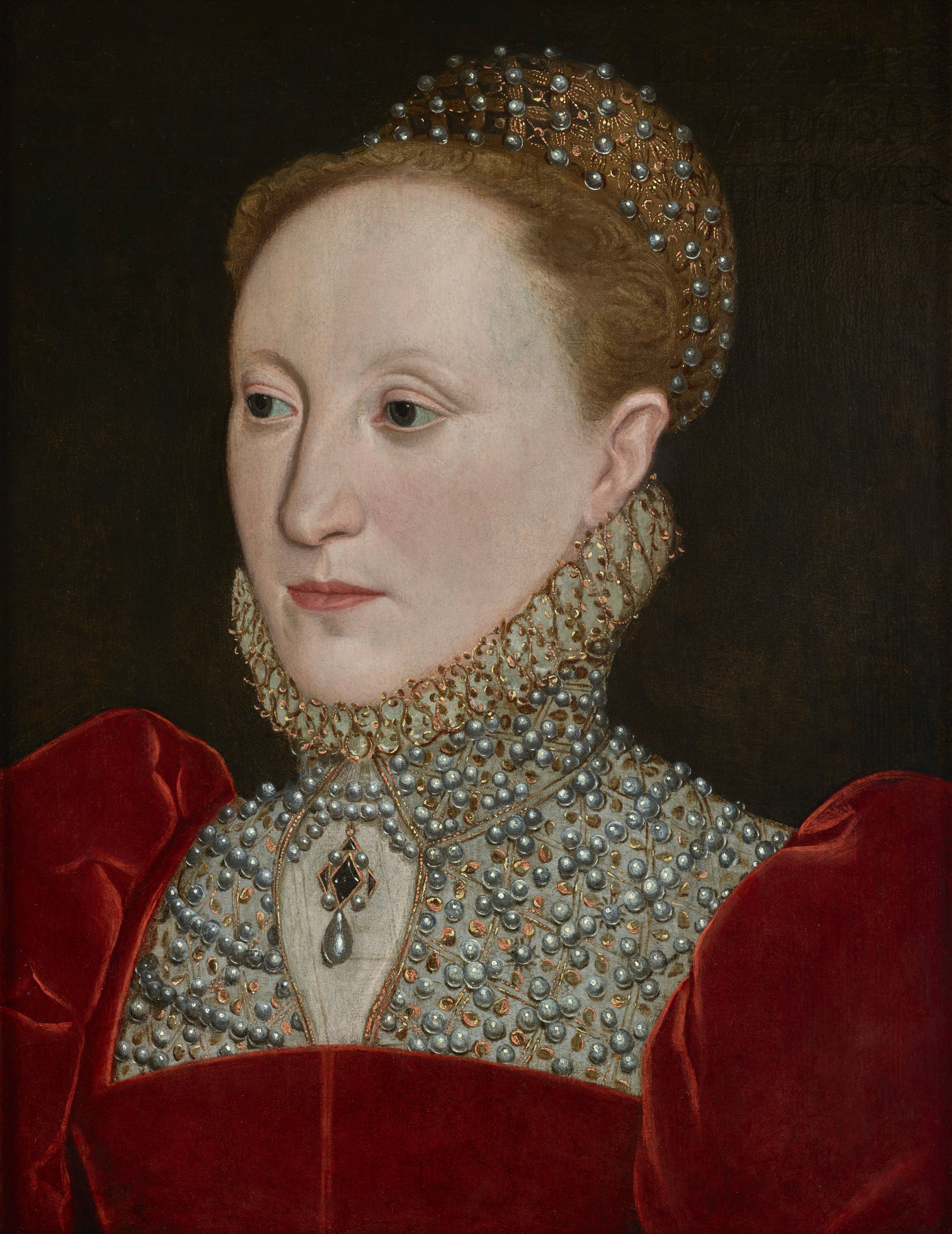
Kenilworth Castle: A Medieval Palace of Kings
Kenilworth Castle had once been a Midlands strong-hold, and retreat, for medieval kings. Subsequently, it was greatly embellished by John of Gaunt, son of Edward III, in the fourteenth century. Gaunt built the great hall and private apartments running along the west side of the inner court, turning it from ‘a feudal stronghold to a palace’. In fact, it became a favourite residence of Lancastrian kings, and Henry V built a pleasure palace across the lake from the main castle, on its northern side. This was called ‘Pleasance in the Marsh’ and was described in Leyland’s Itinerary as a ‘praty banketynge house of tymbre’.
Here I will let Robert Langham step in and describe the position and appearance of the castle as it was in that halcyon summer of 1575:
The Castle has the name of Killingwoorth, but if truth grounded upon faithful story, Kenelwoorth [Kenilworth]. It stands in Warwickshire, a 74 mile North-West from London, and as it were in the navel of England, four mile somewhat South from Coventry a proper city, and a like distance from Warwick, a fair Shire town on the North. In air sweet and wholesome, raised on an easy-mounted hill, is set evenly coasted with the front straight into the East, has the tenants and town about it, that pleasantly shifts from dale to hill, sundry wherewith sweet springs burst forth; and is so plentiful and well sorted on every side into arable, meadow, pasture, wood, water, and good air, as it appears to have need of nothing that may pertain to living or pleasure.

After being greeted by pageants and poems along the length of the bridge leading into the castle and the base court, our friend, Robert Langham, continues his story:
‘So passing into the inner court, her Majesty (that never rideth alone) there set down from her plafrey, [and] was conveyed up to her chamber; when after did follow so great a peel of guns, and such lightening by firework a long space together…’
Kenilworth Castle’s Palatial Lodgings
Accessed from the inner court by a ‘broad stair, gently rising’, we pass into the lobby of the great hall, sitting at first floor level. According to the architectural historian Anthony Emery, ‘the magnificent hall doorway hints at the splendour to come, with its slender pillars and foliated capitals…’.
The hall of Kenilworth Castle was one of the grandest in Britain at the time of its construction. At 89 feet by 64 feet internally, it is an impressive sight; huge windows dominate, allowing the subtle hues of the last of the day’s sun to cast pools of light upon the floor. Yet torches and candles have already been lit, the fires in the hearths filling the air with the welcome scent of wood smoke. Without stopping, we pass through the hall, via a lobby in the Saintlowe Tower, which has ‘generous windows and seats overlooking the protective lakes and fields of Warwickshire’ and on into the wing containing John of Gaunt’s original lodgings.

Sweet Robert remains at our side, as our ghostly guide, whispering into our ear, ‘It is rare beauty of [the] building that his Honor hath advanced, is it not?’ He goes onto say, ‘Every room so spacious, so well belighted, and so high roofed within: so seemly to sight by due proportion…by day time, on every side, so glittering by glass; at night, by continual brightness of candle, fire, and torch-light, transparent thro the lightsome windows.’
We pass through a triangular anti-chamber and private lobby filled with guests who bow low to the queen as she passes, before we follow her into Gaunt’s original private hall. Measuring 58 feet by 23 feet and set at an oblique angle to the main hall, it is lit by two large windows overlooking the lake, separated by a fine fireplace, carved in stone.

Through two progressively more intimate rooms we make our way; a triangular shaped private lobby, ‘well endowed with a screened bay window projecting into the courtyard and [with] a double garderobe facility opposite’ and thence through another still smaller chamber, the most intimate yet; once a place where Lancastrian Lords and princes could retire with their families and close confidantes.
At this point, our guide excuses himself and we will bid him, ‘fare ye well’. He has business to attend to, but we continue to follow the Queen and Lord Robert, who remains ever by her side. In 1553, Kenilworth castle had been granted to John Dudley, Duke of Northumberland. Yet, following his execution, it returned to the Crown, as it had done intermittently throughout its history. This grant had been renewed to his son, the Earl of Leicester, by Elizabeth herself. Dudley had, in turn, demolished the inner most chambers built by John of Gaunt, and instead replaced them with a magnificent four-storey tower block designed specifically to house the queen and her most intimate courtiers.
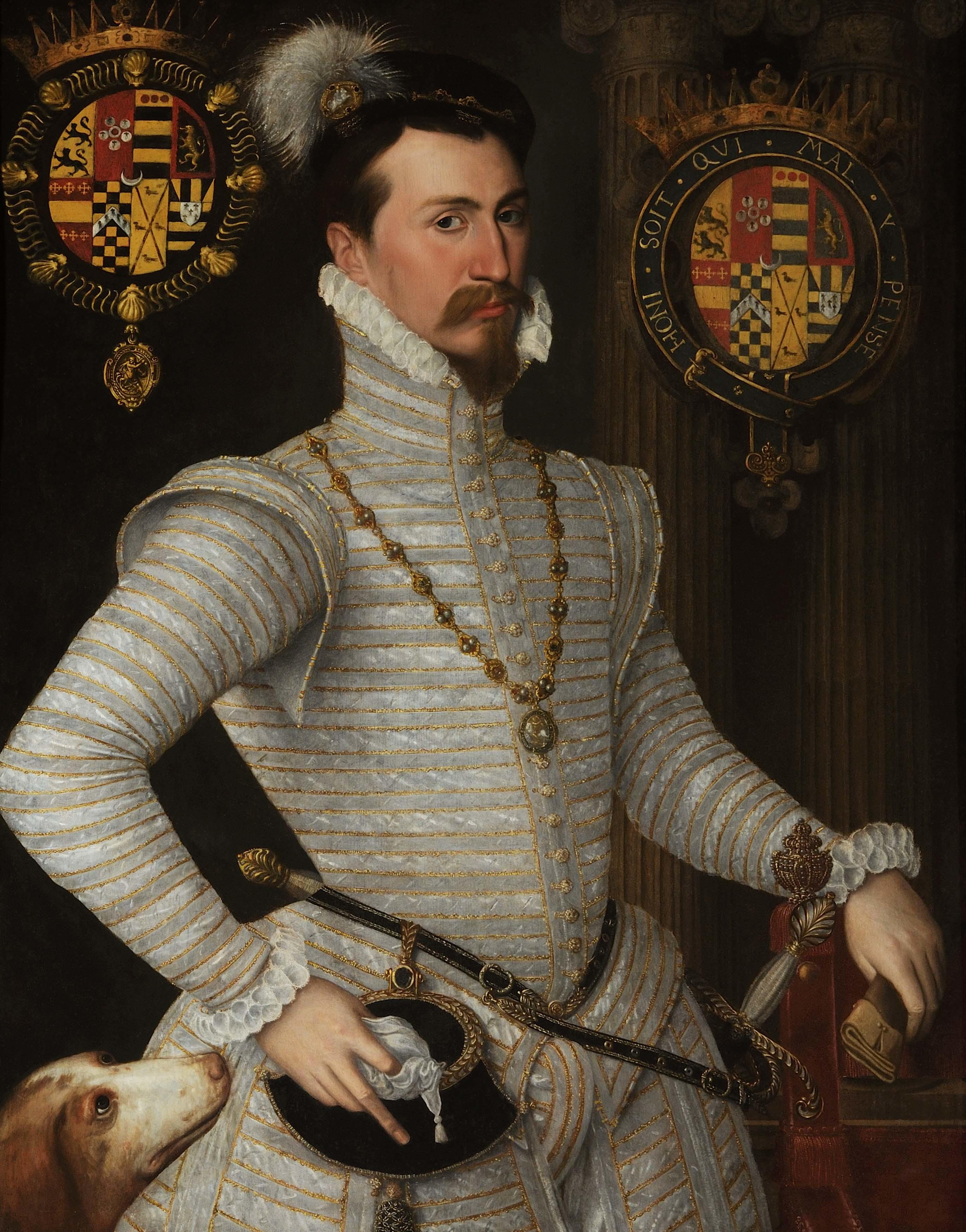
Here, we pass up the principal staircase to access the queen’s apartments, which occupy both the first (principal) and second (top) floors of Leicester’s Tower. The lodgings consist (on the principal floor) of a large privy chamber, running north-south on the courtyard side of the building; a withdrawing chamber with a large, mullioned window overlooking base court to the south (and decorated by a colourful frieze occupying the upper third of the walls), the queen’s bedroom and inner chamber; the latter used for council meetings. Invisible, we are luckily enough to take a peek inside the Queen’s bedchamber, the most private room in the castle, where ordinarily, only Her Majesty’s most trusted ladies attend. The room lies quiet, candles flicker and a fire crackles in the grate. The walls are covered on rich oak panelling of chestnut hews, the fireplace itself carved ornately in marble.
We slip out of the bedchamber unnoticed into the Council Chamber that lies beyond. A small turret in the far corner of the room leads up to the top floor and a beautiful gallery, overlooking the lake, where the queen entertains only her most intimate courtiers. Deserted now, during the day it is filled with light on sunny afternoons, possible because of the large windows which face the south, west and north, on three sides of the chamber. Everywhere the majesty of Gloriana is reflected, and Dudley’s devotion to his mistress apparent.
Today, after the slighting of the castle following the English Civil War, the place lies in ruins. However, these ruins still have the power to evoke a sense of enduring tenderness, with more than enough remaining to allow us to draw back the veil of time and touch again, however fleetingly, an historic love between a queen and her childhood friend.


If you wish to learn more about how high-status Tudor lodgings were arranged, and the function of the rooms, follow this link
Visitor Information
Kenilworth Castle is managed by English Heritage. Refreshments are on site, but do consider nipping over the road to enjoy the fare of the ‘Queen and Castle‘ opposite the castle, adjacent to castle hill. Alternatively, keep walking along Castle Hill, away from the castle, toward the old town, and you will find Alexa Lauren, Patisserie – yummie. Just across the road from Alexa Lauren is the footpath which takes you into Abbey Gardens, where you will see the remains of Kenilworth Priory, built at the same time as the castle and dissolved during the reign of Henry VIII.
Finally, if you would like to see more of Elizabeth’s apartments for yourself, please watch these two videos. Video One was shot on the principal floor of the castle; Video Two was filmed on the top floor, within the ruins of the old gallery.

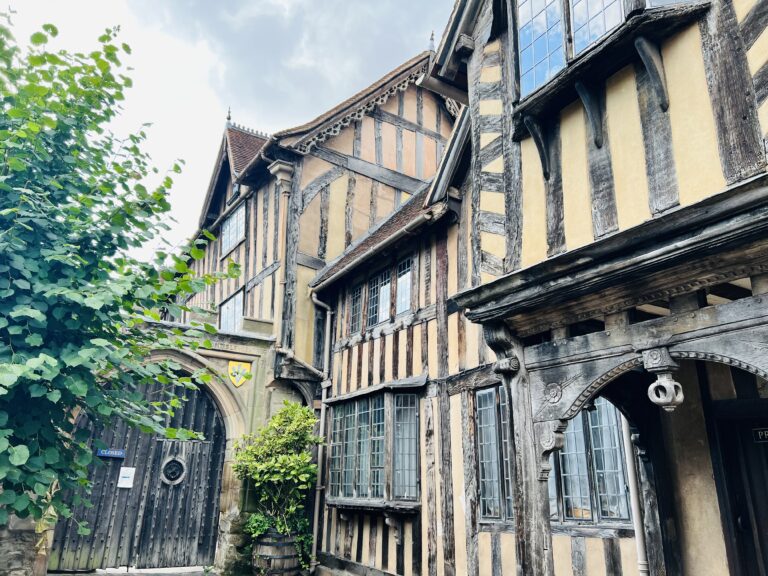

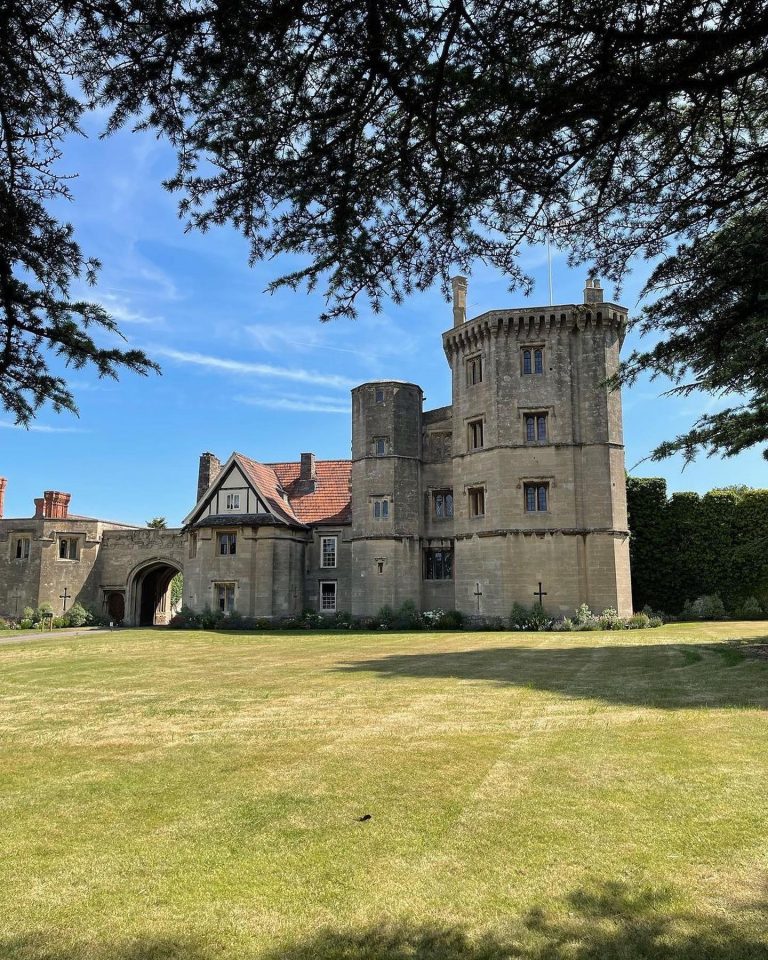

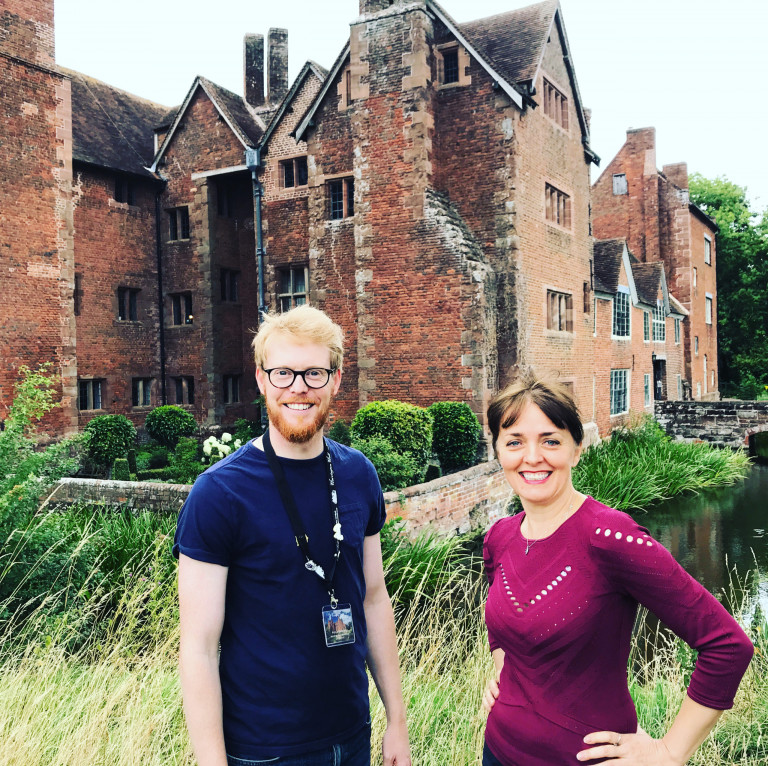
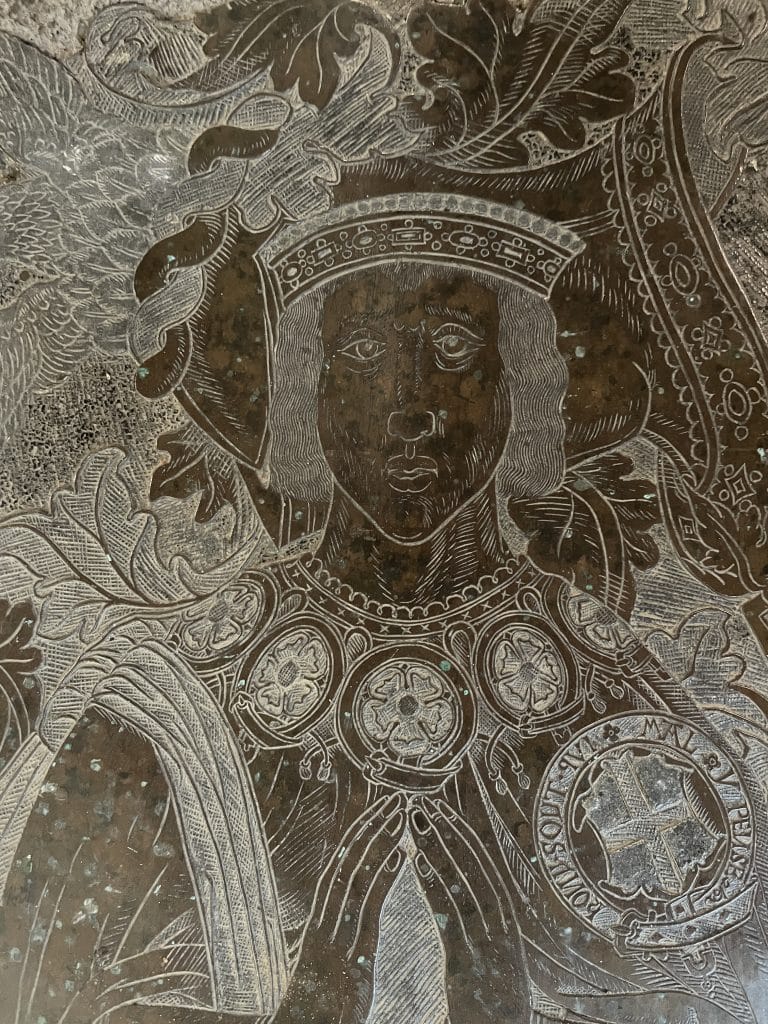
5 Comments